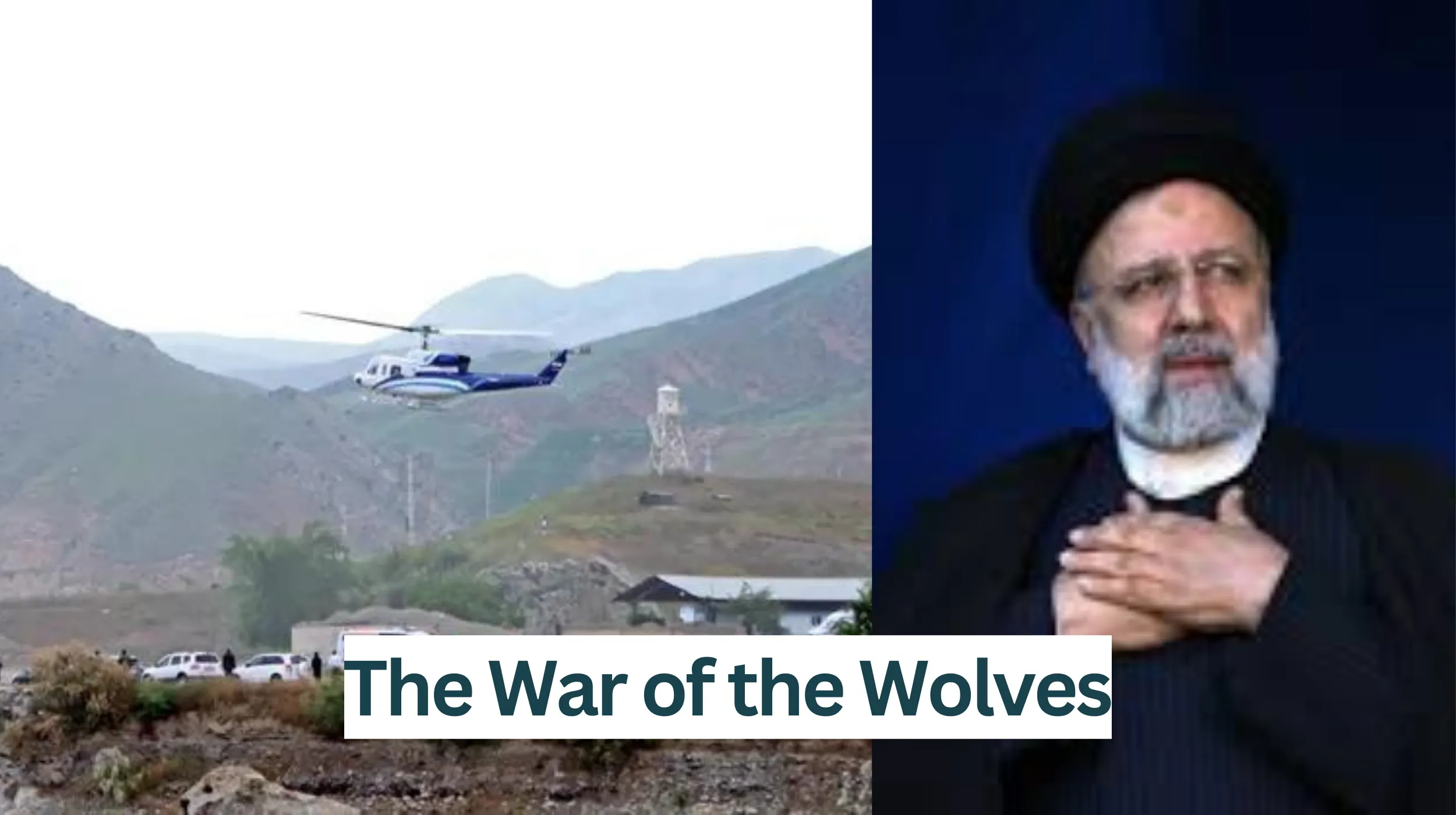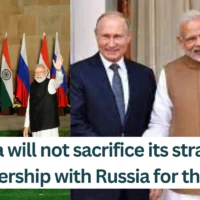Tehran (Brussels Morning) – Reports indicate that the helicopter carrying Ebrahim Raisi, the missing Iranian president, became trapped in a cloud mass on a mountain. Despite the helicopter commander’s orders, who also led the squadron, to ascend to escape the cloud mass and avoid a potential collision with the mountain, he failed to rise and exit the clouds. Seconds later, the helicopter crashed.
The current situation of the Iranian regime strangely mirrors this incident. If Khamenei plans to replace Raisi with an internationally respected figure such as Ali Larijani, who presided over the parliament for three consecutive terms and whom Khamenei placed at his side during Raisi’s commemorative ceremony, it could solve his international problems. Indeed, it was the regime that, facing an uprising and to divert public attention, logistically, financially, and technically supported Hamas and triggered the Gaza war. Perhaps with Ali Larijani, he could complete the last stage of his nuclear program. Otherwise, the regime might continue to purge itself to consolidate further and withstand the waves of popular uprisings. In this case, it will seek a Raisi-like figure to fully exercise its hegemony. This is the premise of any dictatorship.
The Structural Paradox of the Islamic Republic
The Supreme Leader in Iran is God’s representative on earth, and his will prevails over that of the people. However, the president, supposed to represent a party or a social class and, in theory, execute the will of the people, finds himself in each term faced with an unsolvable paradox with the Supreme Leader. No president has escaped the Supreme Leader’s disgrace, either by being sidelined like Rafsanjani or being under constant surveillance.
Raisi was the exception to this rule because he was entirely submissive to Khamenei. Currently, the regime’s media highlight Raisi’s loyalty, especially during the 1988 political prisoner massacre, where thousands of death sentences were issued in two months, 90% of the victims being members of the Mojahedines, the sworn enemies of the mullahs. His name was mentioned to succeed Khamenei or to prepare for the succession of Mojtaba, Ali Khamenei’s son. This is why Khamenei considers his death a significant loss.
The War of the Wolves
Since Raisi’s disappearance, intense agitation has prevailed among the various clans close to Khamenei within the regime. Officially, no one has yet declared their candidacy. Whatever direction Ali Khamenei takes, the “war of the wolves” will intensify, and the regime’s structural paradox will deepen. The presidency of the Parliament is also at stake, further intensifying this internal struggle. Ali Khamenei faces a society where 95% of the population desires radical change in Iran. According to the regime’s statistics, only 7% of eligible voters voted in Tehran during the second round of the latest legislative elections, considering the various imposed constraints.
Iranian sociologists agree that the regime has already crossed three crucial of four steps towards its downfall: inefficiency, which has led to major crises of poverty, famine, environmental destruction, water shortage, and unemployment; illegitimacy, highlighted by the massacres of protesters in 2019 and 2022 and daily executions; and the psychological fall, where the slogans of the 2019 and 2022 uprisings proclaimed the end of the dictatorship and Khamenei. Effigies and statues of all the regime’s emblematic figures, including Khamenei and Qassem Soleimani, have been burned thousands of times across Iran in recent years. Only the material and concrete fall remains.
The Material and Concrete Fall
To date, several thousand resistance units have emerged in Iran. Comprising members from all social layers and all religions, these units are formed by the inhabitants of the same towns or villages, making them very difficult to identify by the countless surveillance cameras and plainclothes agents. Although they constantly defy death, they orchestrated the boycott of the 2022 elections. During the 2022 uprising, Khamenei faced a part of their organizational power over the people. Fearing these burgeoning shoots of resistance scattered across Iran, he attempted to divert attention by triggering the Gaza war as a shield. Khamenei is now trapped in a cloud mass, and it seems highly unlikely that he



